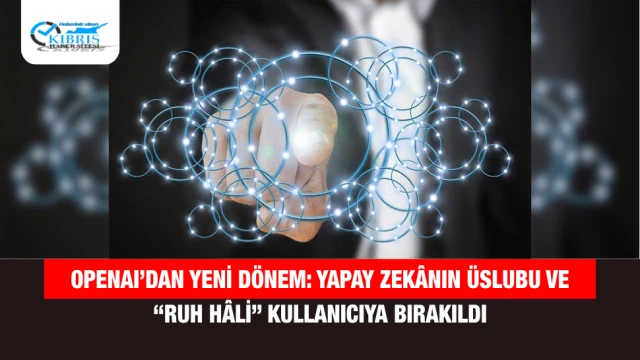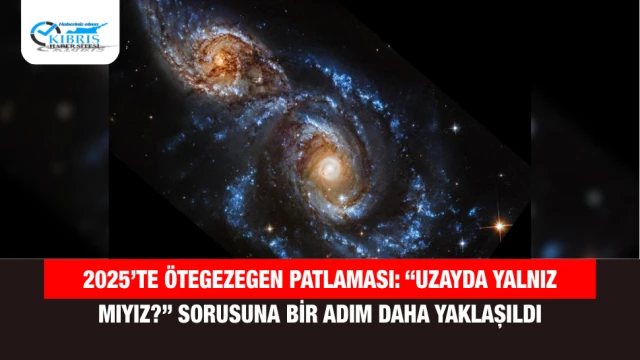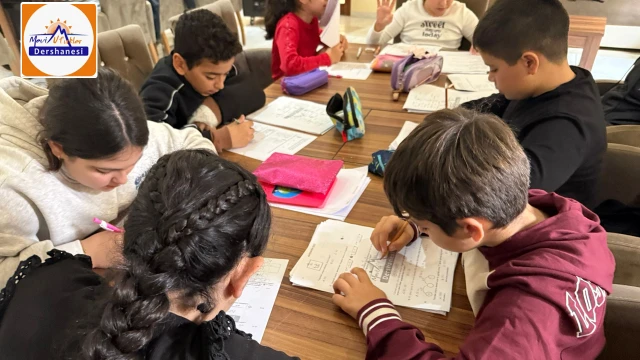The Promises of Big Data
These databases, very familiar with the information professions, are now talking to each other. Also long, connected, open, deep, etc. data really affects libraries. Technical promises, volumes, speed, mobility, duplication and complexity of sensors, etc. It is related to.
The perspectives presented are those that reveal unexpected information, predict events, etc. It is also offered by various authorized links. Leveraging information now takes on a new dimension, giving content more visibility and outlets.
This cycle is started by recovering readers' opinions, biographies or various other information.
It makes libraries more visible about their environment and data that is differently exposed from multiple channels. It encourages their decomposition, thus enabling them to be regained and enriched.
From quantitative to qualitative, from aggregation to parsing of data, this is essential to obtain useful information.
Understanding a very wide range of data, rethinking how to present it, etc. The theoretical possibilities are enormous. And from the reader's point of view, what is connected and mobile today, many things are still waiting to be invented.
Standardization
Standardized data makes it possible to compare itself with other libraries and even with other cultural activities. It is also what makes it possible to compare its users with the general population and to estimate a potential audience.
We already had standards for library statistics and performance indicators. However, data from integrated library management systems had to be organized. Work is needed to label these standards, structure them, and allow such comparisons.
What is the data used for?
As the user moves away from the collections, it is essential to turn to other tracks. Libraries therefore multiply surveys to identify their people. Besides the data provided, the information comes from satisfaction and usage surveys, online or observation surveys.
Comparisons over time are broken down by population type, by use, by level. Analyzes are selected based on specific objectives to generate the indicators needed. It contains a large amount of heterogeneous data.
Groups are selected to test a new portal. Making ethnographic observations about an audience's activities, often multitasking, etc.
Imagining future collections are all elements to map to reorganize teams and equip buildings. This is how the future of libraries is reinvented.
Gamification
It is gamification that encourages the public to solve problems and increase their participation. Games compensate for the weaknesses of this development, gaps in tags or informative videos.
What solutions are envisaged to address the weaknesses of the system?
Librarians, for their part, are increasingly showing interest in crowdsourcing. Herbanots contribute to indexing the plates of a herbarium through separating interfaces. Comments are reprocessed by experts before they are published.
It is intended to further integrate the crowdsourcing area and the collection areas to place more value on user engagement.




























Yorum Yazın